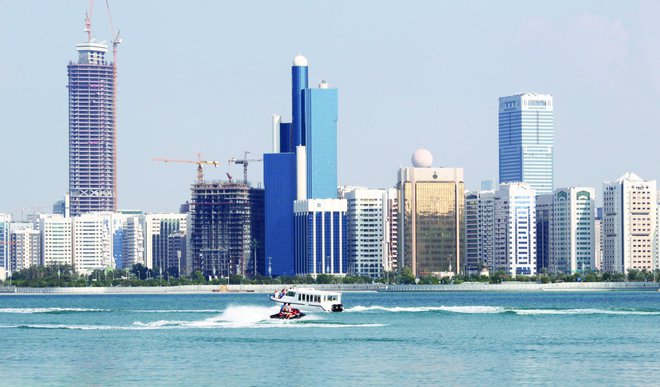
UAE regulatory credit changes positive for insurers: Moody’s
UAE insurers will likely see a medium-term improvement in their credit profiles as the sector adjusts to financial regulations introduced in February 2015 and overcomes initial compliance hurdles, says Moody’s Investors Service in a report issued Wednesday.
The “UAE’s new financial regulations should, in the medium term, underpin insurers’ profitability as well as their capitalization, asset quality and reserve adequacy,” said Mohammed Ali Londe, assistant vice president — analyst at Moody’s.
“At the same time, price competition may ease as increased regulatory costs trigger industry consolidation and price hardening,” he said.
Industry consolidation is likely as a result of the new regulatory landscape.
“Additional costs associated with the new regulations may prompt consolidation of smaller insurers, or encourage them to focus on business lines that yield adequate returns,” explained Londe.
Profitability for UAE insurers remains under short-term pressure as new actuarial reserve-setting and reporting requirements will drive continued technical reserve strengthening in 2016 and 2017. Over the medium term, however, stricter reserving requirements will likely encourage adequate premium rate-setting market-wide, supporting profitability.
According to the report, asset quality will also likely improve for insurers, as the new rules will over time limit insurers’ traditionally high exposure to riskier assets such as equities and property.
In addition, Moody’s expects solvency to improve overall as the regulations set capital requirements tailored to the specific risks borne by each company.
Initial reserve strengthening has partially eroded equity of several UAE insurers due to the higher losses incurred, for example the UAE listed insurers’ total equity declined from $4.5 billion to $4.3 billion between 2014 and 2016.


























